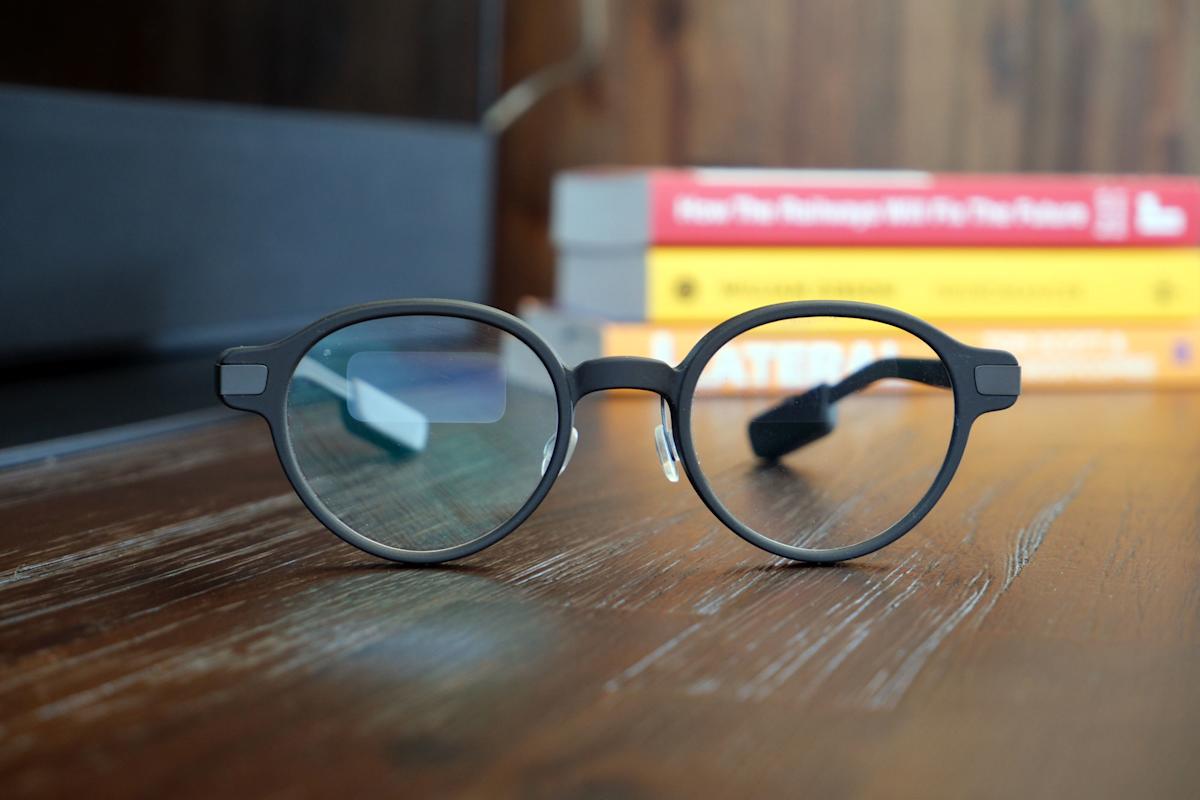The Polaroid Flip is a device that sounds more exciting in theory than it does in practice. This $200 full-size instant camera bears a striking resemblance to the 50-year-old Polaroids your parents used to take vintage, cracked, and sun-spotted beach photos. For some, this nostalgic design may be a major draw, reminiscent of flipping through grandmother’s old photo albums. The Flip boasts several key upgrades over the more affordable Polaroid Go or Polaroid Now, making it a tempting option for its price. However, lugging this hefty camera around made me wish I had left it at home.
The Polaroid Flip’s main selling point is its “hyperfocal” lens system, which features four lenses on a rotating gear. The camera intelligently switches between its various focal lengths based on the distance to the subject, with a maximum sweet spot of approximately eight feet for its farthest-field lens. Although this is a respectable distance for an instant camera, most snapshots with friends are typically taken at a closer range. Notably, I didn’t encounter any photos where the subject appeared out of focus. As long as the flash didn’t cause skin to glow like the sun’s surface, my friends and coworkers were thrilled to take home the printed photos from the Polaroid Flip.
Polaroid Flip
This nostalgic camera produces fun printed shots with impressive focus capabilities, but its bulk may deter you from taking it on the go.
Pros
-
Captures in-focus shots from various distances -
User-friendly interface -
Produces classic Polaroid-size photos
Cons
-
Heavy and cumbersome to hold -
Exposure issues without flash, even in direct sunlight -
Expensive film packs
The multiple focal lengths enable the camera to capture better landscapes, although your phone’s camera with its wider aspect ratio range might be a better choice for your next hike. Another notable feature of the Flip is the special light in the viewfinder that indicates if there’s too much or too little light for each shot. However, you’ll rarely find yourself lacking light for your photos. During a visit to a Manhattan rooftop bar on a bright, clear day nearing golden hour, I discovered that without flash, subjects would still be underexposed.
The Flip won’t avoid the typical issues associated with instant flash photography, but that’s part of its charm. The traditional Polaroid imperfections, such as white spots and sun flare, add a unique character to the photos. The pictures I took with coworkers are display-worthy, except for those that were underexposed to the point of being unrecognizable.
While the photos turned out crisp, using the Polaroid Flip is a cumbersome task. Weighing 1.4 pounds, the camera is bulky and feels like carrying a small brick, especially with the shoulder strap. It occupies a significant amount of space in any bag or backpack, and its design doesn’t provide a clear grip, often resulting in fingers obstructing the photo eject port when taking quick shots.
The Polaroid Flip embodies a retro aesthetic, from its sloped body to its extended viewfinder, reminiscent of the Polaroid Sun 660 from 1981. That camera introduced Polaroid’s sonar autofocus and a similar rotating lens system, along with a flip-up flash section that protected the sensitive components when closed. The Flip lacks the premium feel of the $600 Polaroid I-2 and isn’t designed for creating depth of field in its produced shots. Instead, it’s intended for family gatherings or outings with friends, where handing out printed photos as mementos is a unique delight, albeit after waiting several minutes for the film to develop.

Polaroid provided two packs of eight photos for review, which I quickly used up in a single evening, even needing to reload during my outing with colleagues. The Flip is compatible with the company’s Color and B&W i-Type film, priced at $18 per pack, with discounts available for bulk purchases. Depending on how frequently you use the Polaroid, the costs can add up significantly beyond the initial $200 price tag.
Polaroids are worthwhile if you intend to treasure the photos as keepsakes. While I enjoyed the shots taken with the Flip, I recognize that a more compact instant camera, such as a Fujifilm Instax camera, could be more portable and still allow you to distribute souvenirs to friends after an evening out. The Flip is straightforward, user-friendly, and solidly built, feeling like an upgrade from the smaller, cheaper Polaroid Go. However, its bulk means it may be better suited for staying at home.





